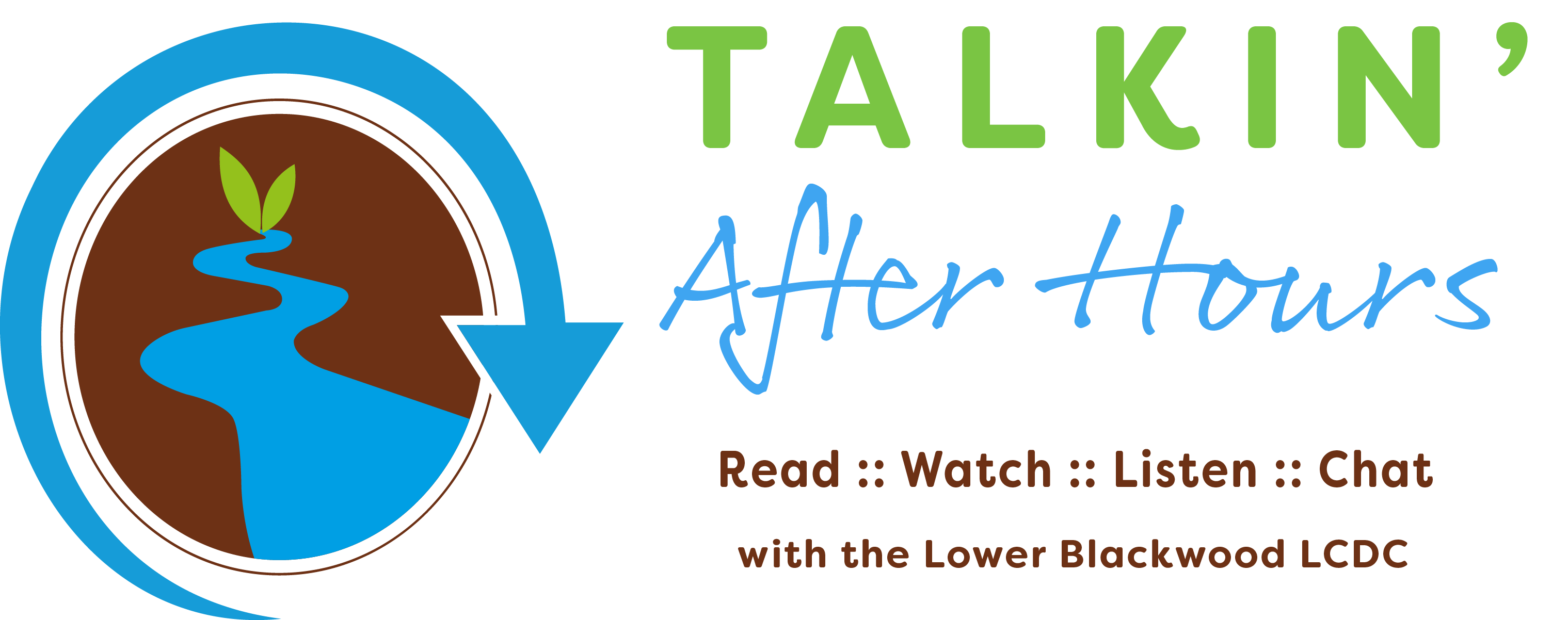Biostimulants in Agriculture

There are an increasing range of inputs, being used in primary production to improve plant growth outcomes, that do not fall into the established categories used to classify common agricultural or horticultural products. These have been broadly termed biostimulants.
While various definitions for biostimulants have been proposed, and there are many products that are widely referred as biostimulants, it is worth noting that at this time there isn’t a regulatory framework or legal definition for biostimulants.
For the sake of common understanding, we will break the definition of biostimulants into its literal components, the operative words being bio and stimulant.
- Bio: relating to life
- Stimulant: an agent that produces a temporary increase in the functional activity or efficiency of an organism or any of its parts
Put simply, a biostimulant could be any agent, that increases the activity or efficiency of living things.
When we talk of agricultural/horticultural biostimulants, it is in relation to their ability to enhance plant nutrition, abiotic stress tolerance and/or crop quality traits, excluding products that are already classified as fertilisers, pesticides, and soil amendments.
While there is more work to be done on the different components, modes of action, and efficacy of biostimulants, it has been shown that there are numerous benefits associated with the use of biostimulants in primary production systems. Growers are increasingly choosing to utilse a range of such products in their programs, based on the data that is currently available.
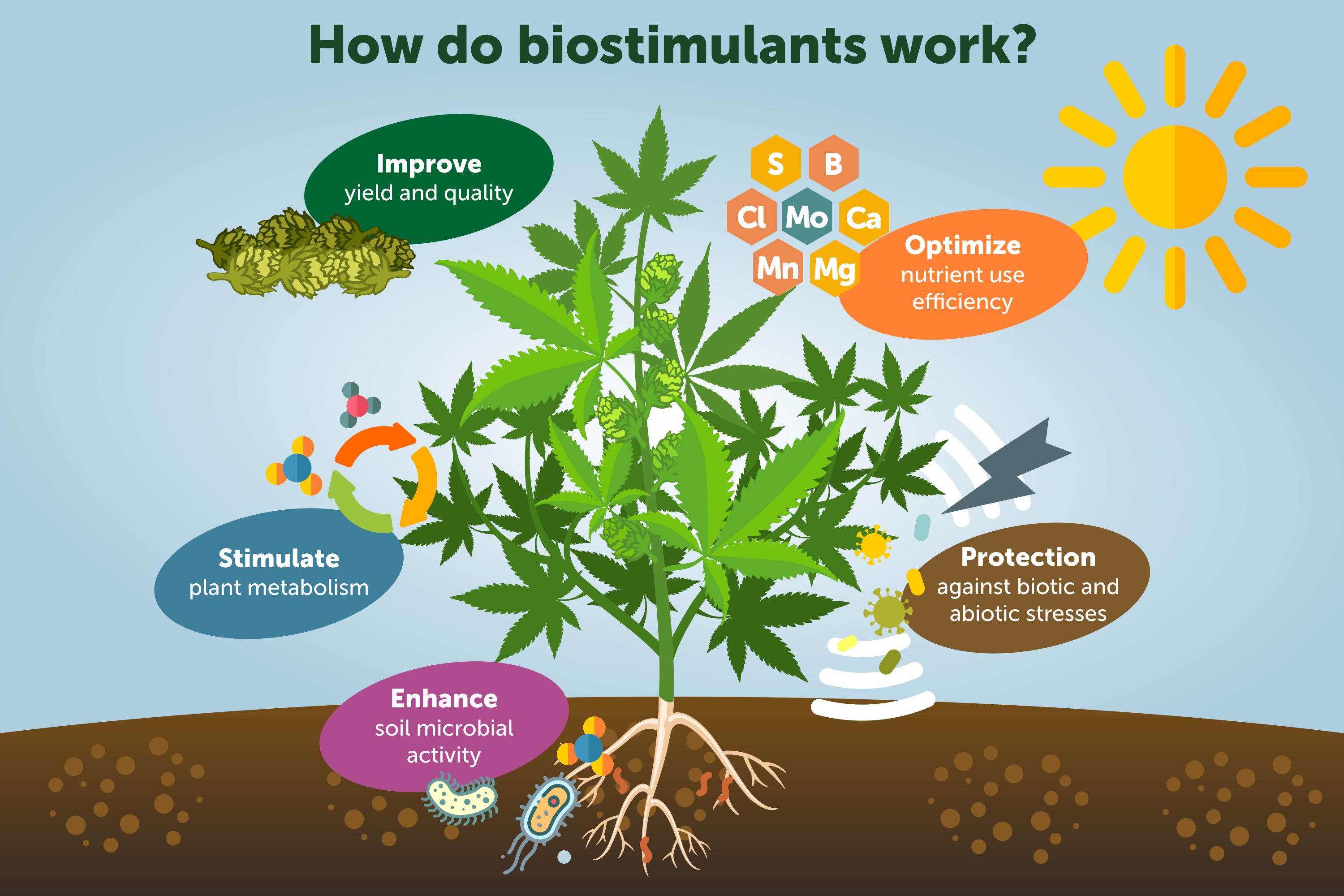
Biostimulant Formulations
Currently recognised constituents of biostimulants include:
- Humic substances
- Nitrogenous substances including amino acids
- Non-essential chemical elements
- Seaweed extracts and other plant botanicals
- Chitin and chitosan derivatives
- Anti-transpirants
- Other complex organic materials
- Beneficial bacteria
- Beneficial fungi
- Other non-pathogenic microbiology
Biostimulant formulations may contain one i.e. seaweed extract, or a combination of these constituents i.e. compost/vermiculture.
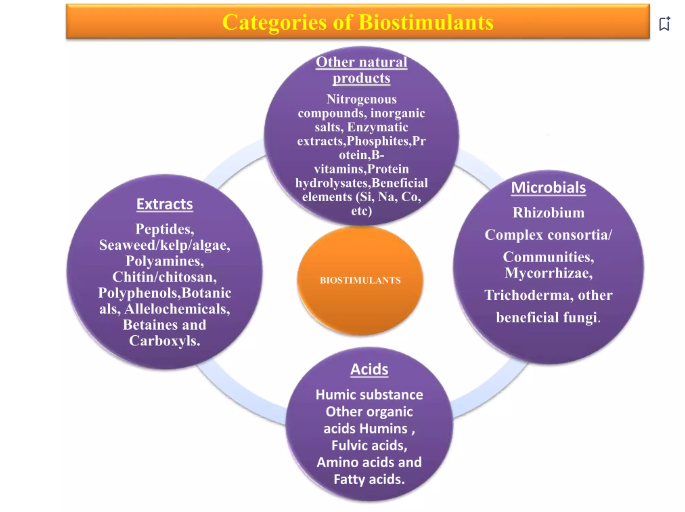
Source: Slide Share Biostimulants and their role in soil health
Source: Slide Share Biostimulants and their role in soil health
Commercially Available Biostimulants
Humic and fulvic acid
Humic substances are a product of organic matter decomposition. They are commonly available as the soluble fractions, humic and fluvic acid, that are extracted from leonardite or lignite deposits, and are also naturally present in compost products.
Modes of action:
- Improve soil physical properties
- Improve nutrient retention and uptake
- Hormone like effects
- Stress response modulator
- Buffering agent
- Chelating/complexing agent
Protein hydrolysates
Protein hydrolysates are usually produced through the enzymatic, thermal, or chemical processing of animal or plant wastes. They are commonly available as liquid products like fish hydrolysate, fish emulsion and amino acids formulations.
Note: fish hydrolysate is preferred as the omega 3 fats are retained in the formulation.
Modes of action:
- Upregulation of metabolites
- Hormone like effects
- Chelating/complexing agent
- Antioxidant activity
- Increase microbial activity
Seaweed extracts
Seaweed extracts are mostly produced through the chemical, physical and biological processing of brown seaweeds. They are commonly available as a range of liquid and dried seaweed products that have been extracted using potassium hydroxide, or through other methods such fermentation, pressure etc.
Modes of action:
- Plant growth promoting compounds
- Antioxidant properties
- Provides a suite of beneficial minerals
- Regulates stress response
- Chelating agent
- Detoxification of heavy metals
Chitosan products
Chitosan products are commercially produced from high chitin source materials like shellfish. A limited range of chitosan-based products are available on the market in dry and liquid form.
Modes of action:
- Plant protection
- Tolerance to abiotic stress
- Enhance germination,
- Regulate growth and development
Molasses
Molasses is derived from the sugar cane plant. It is a carbohydrate rich by-product of refined sugar and a source of B vitamins, enzymes, and trace elements.
Molasses is also an ingredient used to make effective microorganism (EM) and bioferment cultures, which are well known DIY biostimulants.
It is important to use molasses which does not contain sulfur if you wish to retain your microbial communities.
Modes of action:
- Increase microbial activity
- Induce pest resistance
- Organic chelation
Silica based products
There are several mineral elements such as silica, selenium and cobalt, that, while not classified as essential plant nutrients, are beneficial for plant growth. Of these, the silica-based products are most well-known and prevalent on the market. They are available in liquid i.e potassium silicate, and dry forms i.e. crushed silica rich deposits
Modes of action:
- Increased cell strength
- plant protection
- regulate sodium uptake
- protection against heavy metal toxicity
- plant hormone synthesis and signalling
Plant growth promoting rhizobacteria (PGPR)
The term PGPRs includes all groups of bacteria that live in the root zone around the plant, colonise root surfaces and occupy roots. They are usually grown under controlled conditions in a laboratory and then mixed with a dry or liquid carrier for distribution and application. While there is an increasing range of commercially available PGPRs, the host specific rhizobacteria cultures that are used as an inoculant for various legume species are the most established of the microbial biostimulants on the market.
Modes of action:
- Improve nutrient availability, particularly nitrogen
- Biosynthesis of volatile organic compounds
- Increase abiotic stress tolerance
- Induce systemic immunity
- Promote root development
Fungal inoculants
There are numerous fungi species that have shown to significantly benefit plant growth. Of these, host specific strains of Mycorrhizae and Trichoderma inoculants are the main fungal species that are being used in agricultural crops. Propagules are generally cultured in a lab and mixed with a dry substrate for distribution and application.
Modes of action:
- Improve nutrient use efficiency
- Increase tolerance to abiotic stress
- Induce disease resistance
- Growth regulation
DIY or Homemade Biostimulants
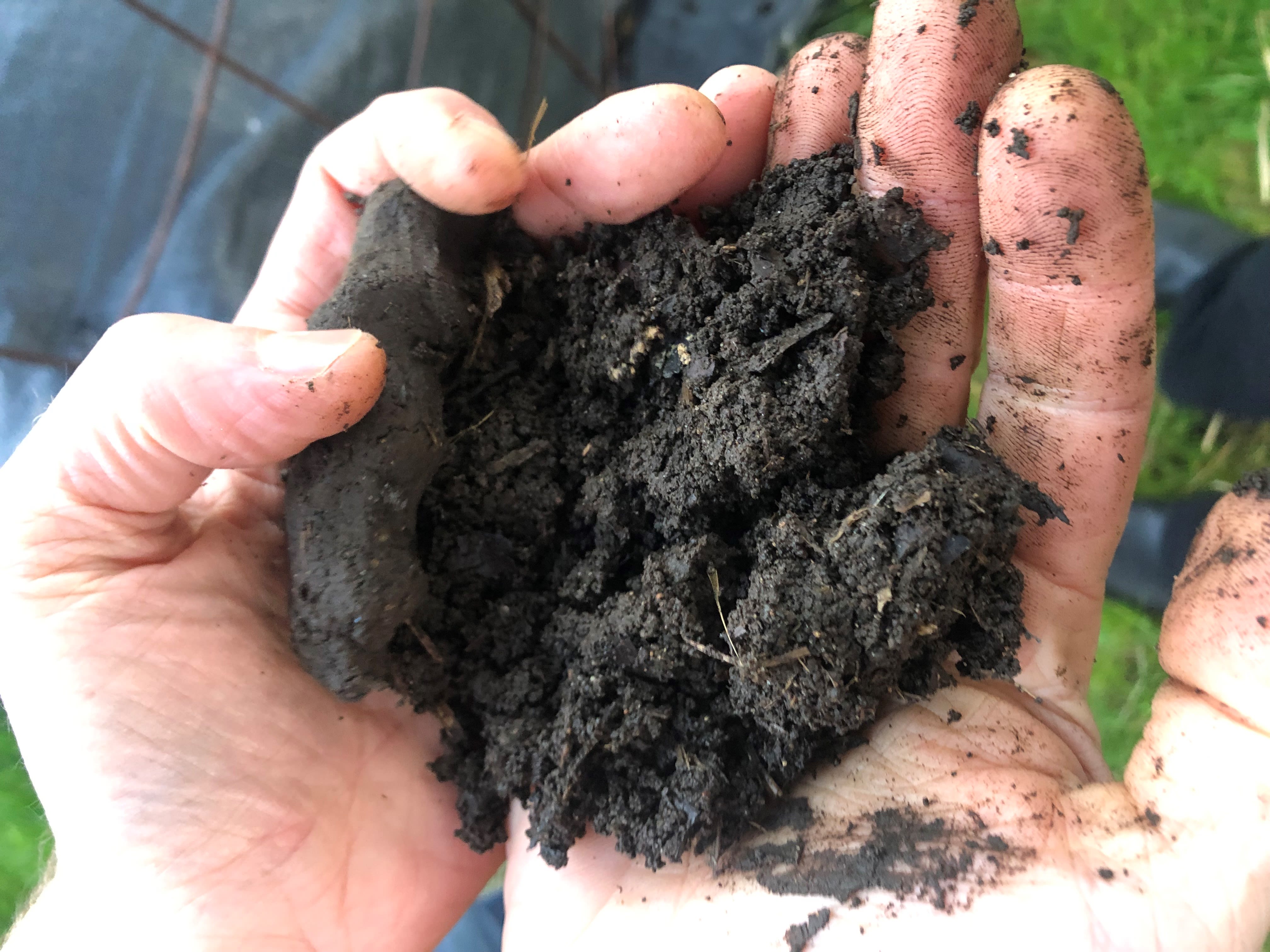
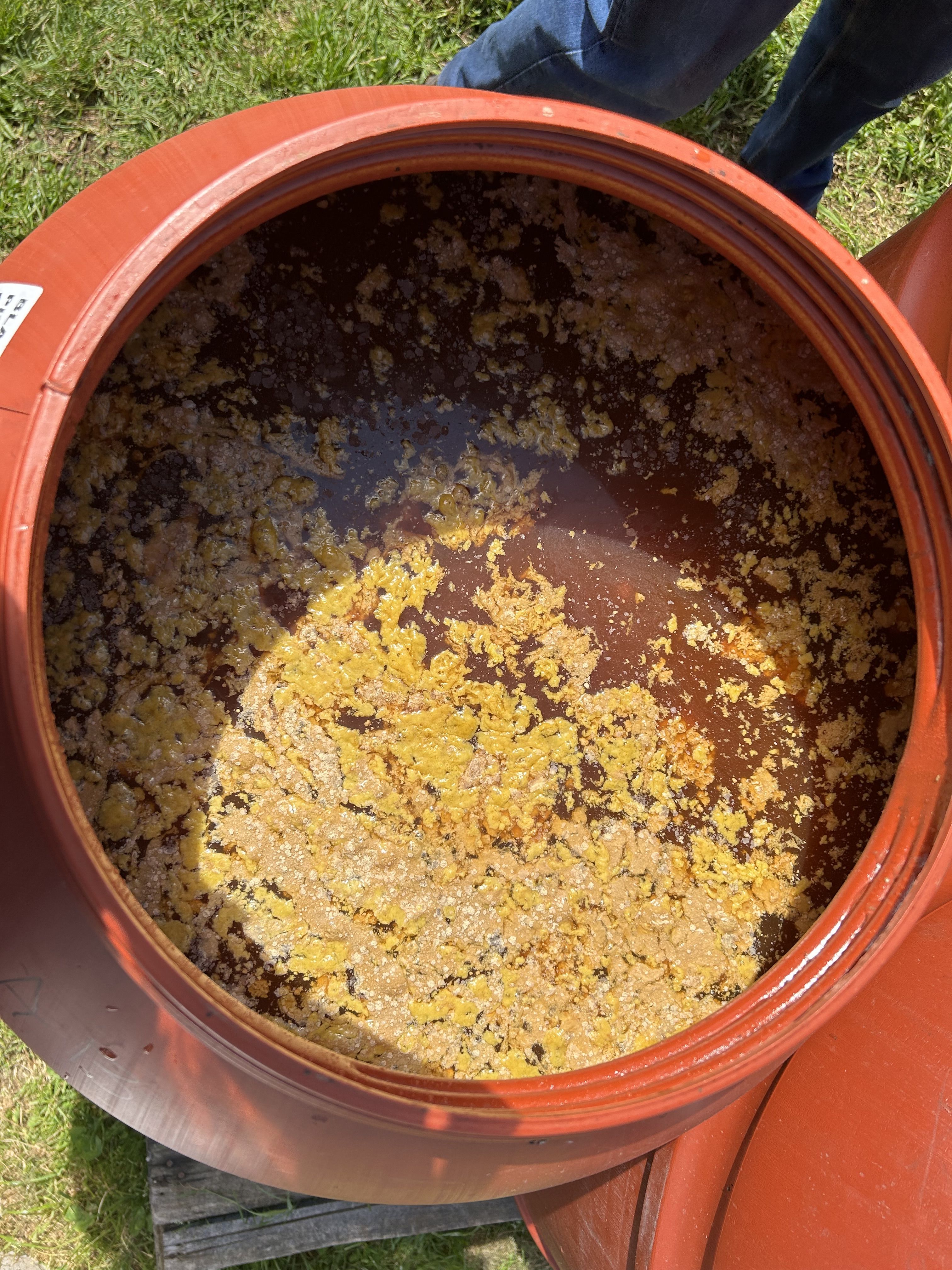
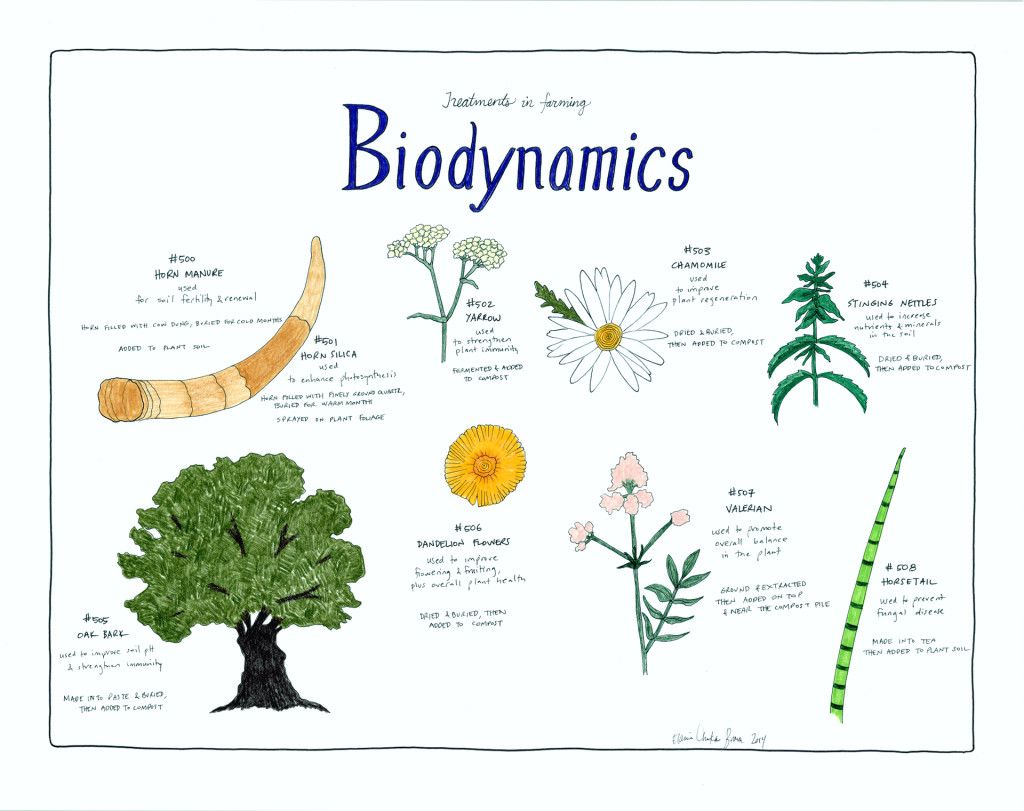

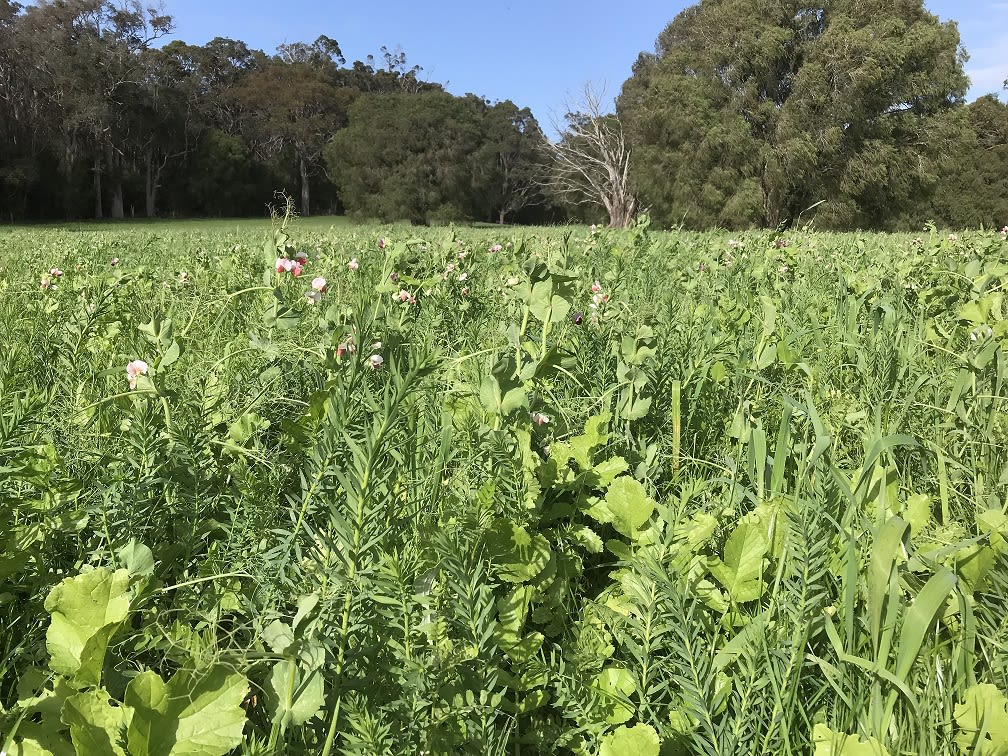
Compost & Vermicastings
Compost is a valuable product, made from the managed decomposition of organic materials.
The nature of the materials used to produce compost or vermi-castings and the decomposition process confer many biostimulant properties to the finished product. Recognised constituents in compost and vermi-castings include humic fractions, protein hydrolysates, plant extracts, chitosan, vitamins, enzymes etc. As such, they may directly or indirectly benefit plant growth in a multitude of ways.
Bioferments
Certain microbe cultures and organic materials can be used to produce bio-ferments.
Common ingredients used for bio-ferment cultures include facultative anaerobes, molasses, milk, bran etc.
Other materials of animal or plant origin such as fish or seaweed, and mineral elements, can be fermented with cultures under anaerobic conditions to produce specific types of bio-ferments.
Bio-ferments usually contain several constituents such as protein hydrolysates, humic fractions, microbes, plant extracts etc. that are recognised as biostimulants, and hence, they potentially have multiple and overlapping modes of action.
Biodynamic Preparations
There are several biodynamic preparations that can be made on the farm and could be classified as biostimulants. They are specialized preparations that require knowledge and skill in the biodynamic art to produce and apply. Parts of various plant and animal species, fresh cow manure, and mineral components such as clay and basalt, are used to make the different preparations.
The main two “preps” are BD 500 which is used to enhance soil processes such as humification and aggregation, and BD 501 which is used to enhance photosynthesis and reduce the incidence of disease.
BD preps 502-507 are used when making to compost to enhance the decomposition process. Other preparations include Horsetail Preparation (508), Cow Pat Pit, Tree Paste etc.
Fresh Plant Extracts
The extracts of numerous plant species are understood to have biostimulant properties and can be obtained with low tech methods.
Plant species such as aloe vera, alfalfa, nettle, comfrey, yarrow etc… can be pulverised, squeezed, filtered and decanted to make a liquid that is applied to growing plants and microbiology to improve plant growth outcomes. As plant extracts can be made from a range of different plant species, their modes of action vary.
Local Endophytes
There are numerous naturally occurring endophytic microbes that can be grown in situ on host plants.
Plant endophytes are active on living plants but can survive and spread in dormant states between growing events. Plant parts such as root fragments, seeds, and soil from around plant roots that contain endophyte propagule material can be used to inoculate new growing environments.
Known host plant species can be used to support the growth of various endophytic microbe populations. While the microbial species cultured this way are less controlled, it is none the less, an easy way to produce broad spectrum inoculants that are well suited to your growing environment and plant species. Their modes of action are similar to those of commercially produced bacterial and fungal biostimulants.
Application of Biostimulants
Biostimulants are designed to stimulate biology. As such, when applying biostimulants it is important to consider what biology we are attempting to stimulate and why?
We can apply biostimulants to the soil or the plants, but the end goal is always to improve plant growth. Chosen biostimulants may directly elicit a favourable plant growth response or indirectly by altering growing conditions through physical, biological, and chemical mechanisms.
It must also be understood plants are part of a living system and the efficacy of any measures carried out in living systems is subject to flow on effects, positive feedback loops, mutualistic symbiotic interactions etc.
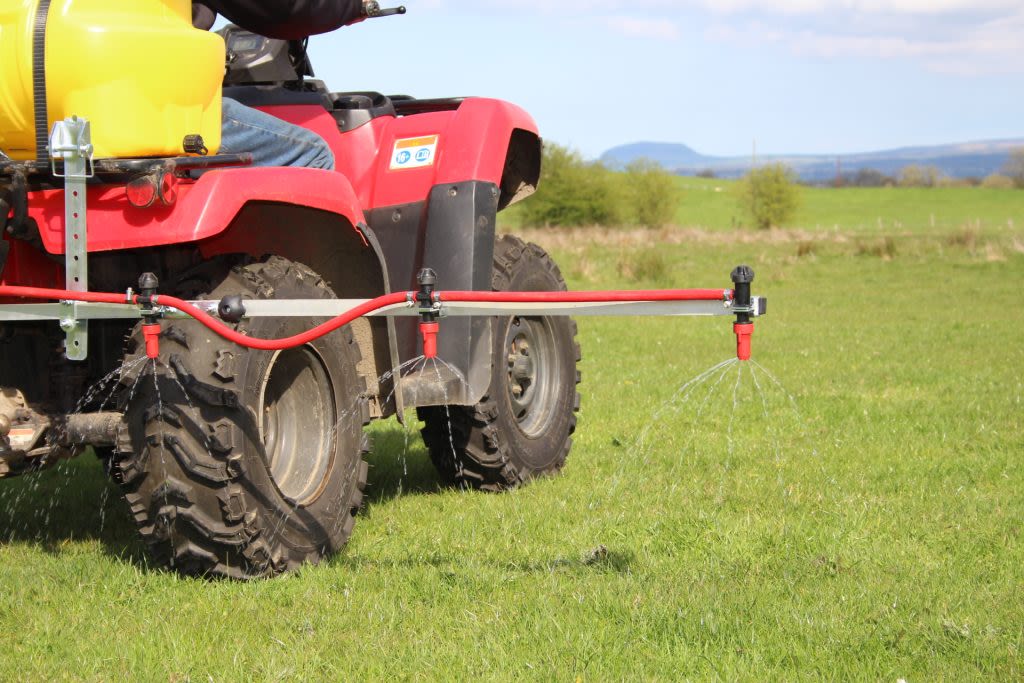
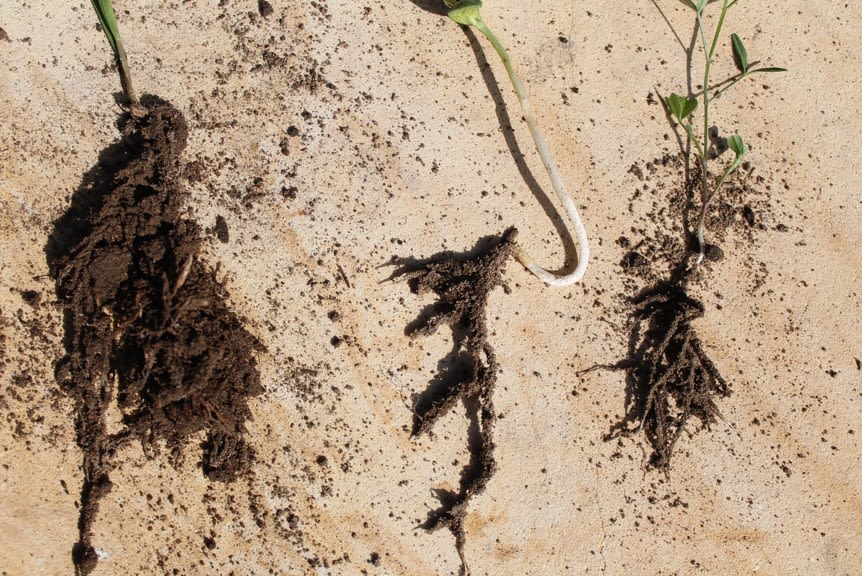
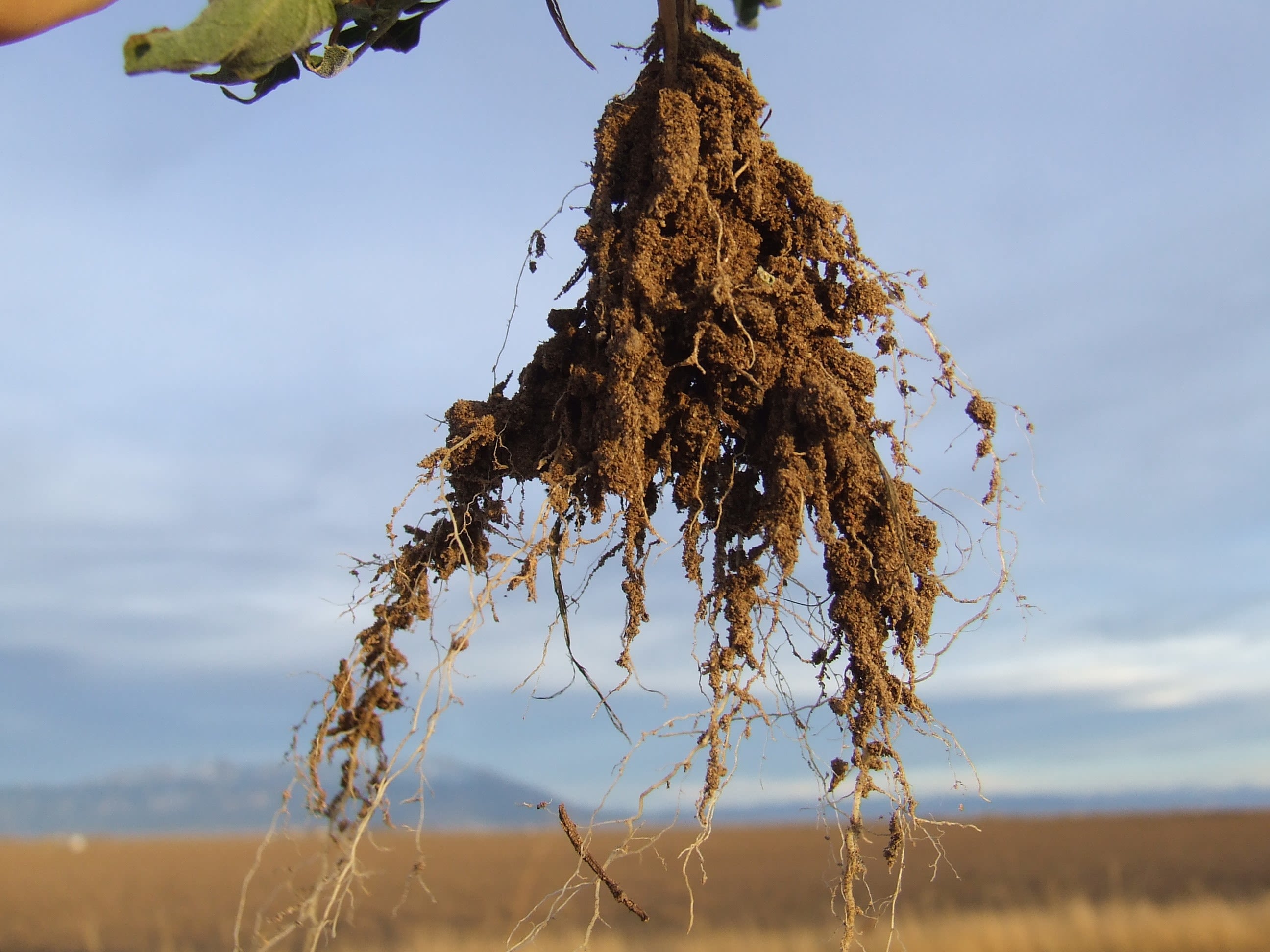
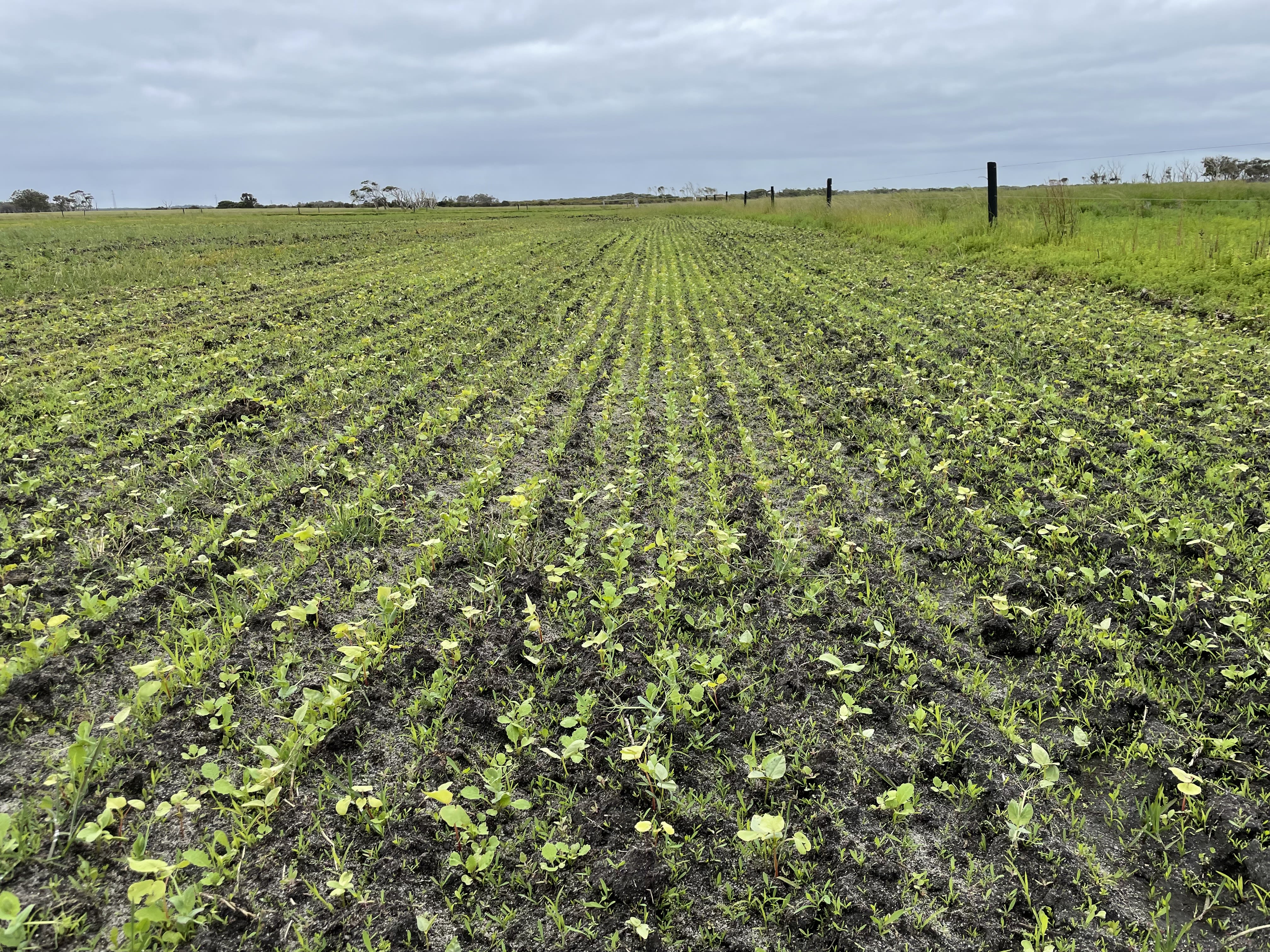
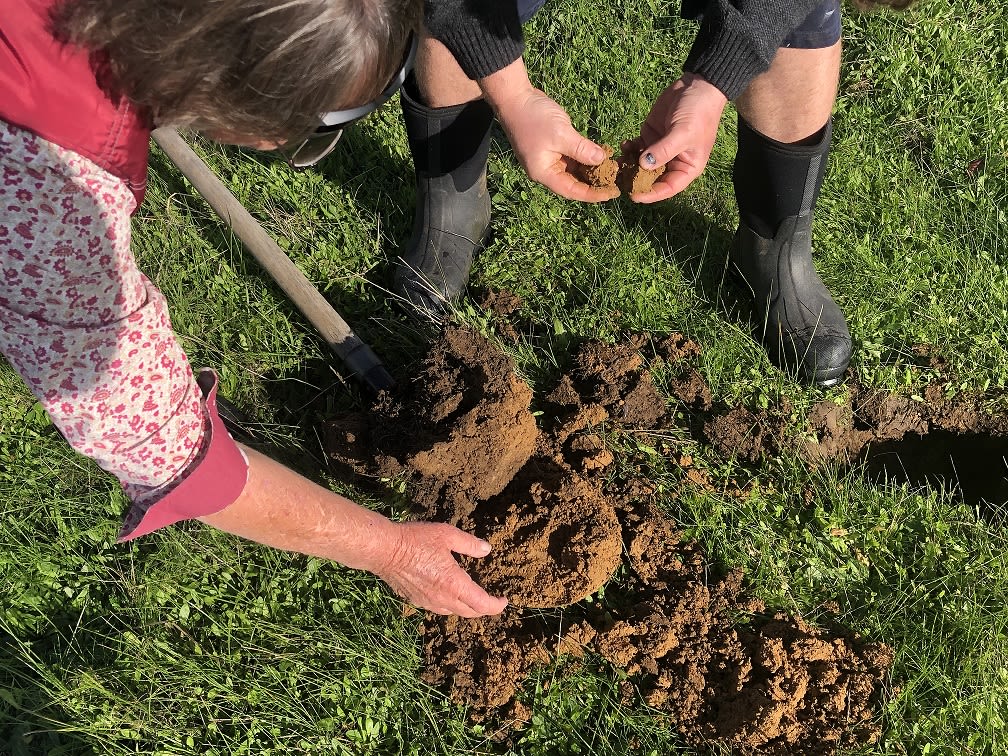
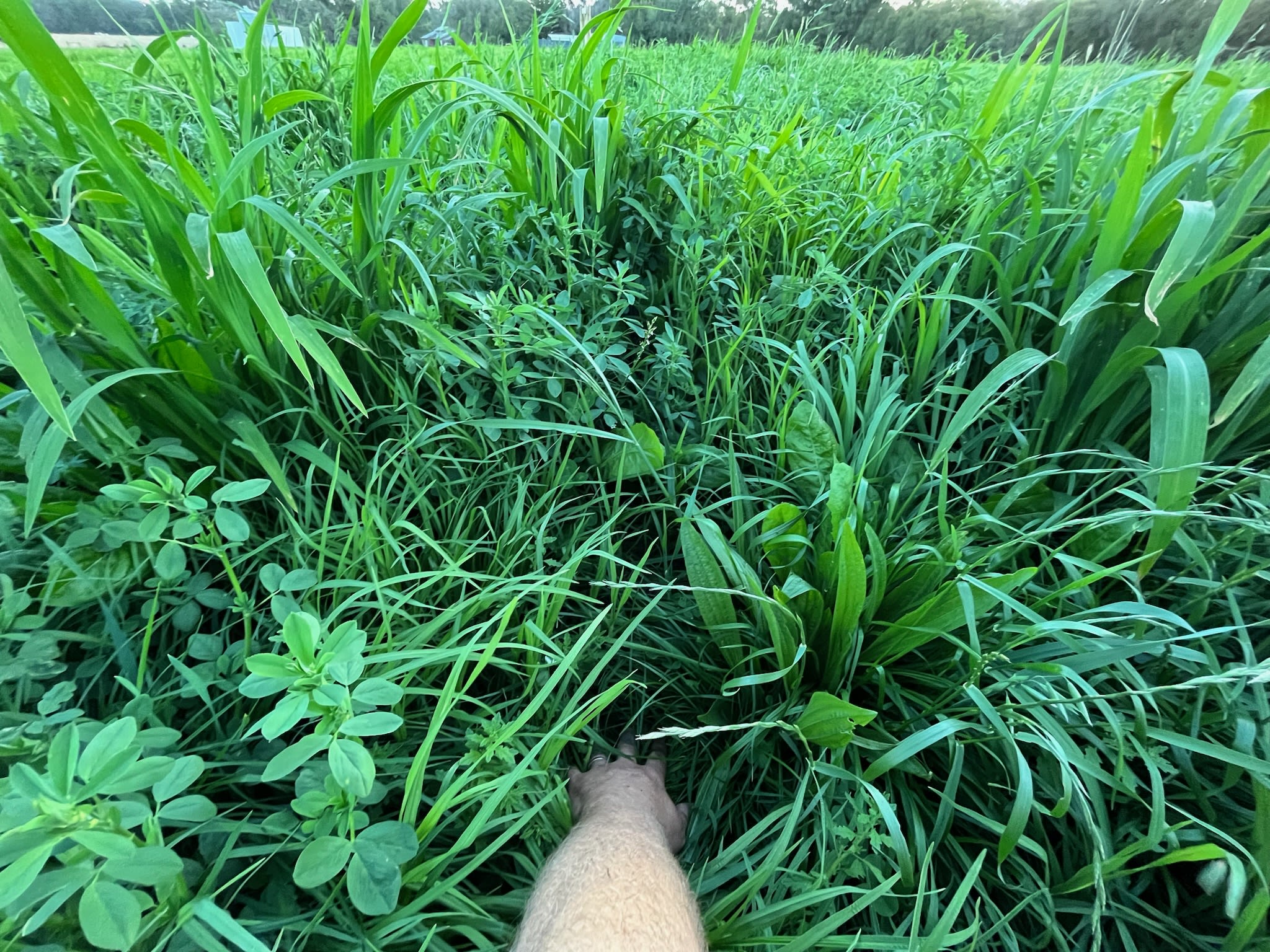
For instance, we may apply a biostimulant that temporarily stimulates plant growth and root exudation. This in turn drives extra microbial activity in the soil, which leads to better nutrient acquisition and delivery to the plant roots, furthering subsequent growth, exudation, and so on.
Equally, a soil application that stimulates beneficial microbial activity around plant roots, improving nutrient availability, fosters stronger plant growth, an increase in root exudation etc.
In either case, we get a greater overall response than what could be attributed to the application alone. However, if there wasn’t much plant cover, or the soil was in a poor state, or there was a lack of moisture etc, the potential for a beneficial response from a biostimulant application would be limited and short lived.
We need to ensure that the necessities of life i.e. nutrition, water and air are in in place for biostimulants to have any significant and lasting effect.
Fundamentals like actively growing plants, soil cover, organic matter, good soil structure, moisture, nutrient supply etc… are what ultimately determine our success, and while biostimulants can enhance living processes, they are only effective when used in conjunction with good overall management and limiting factors are addressed first.
By applying biostimulants at planting or, where we have established perennial plants, at the beginning of the growing season, we can get a compounding of the beneficial flow on effects discussed above.
For instance, if we inoculate seed with beneficial bacterial/fungal at planting, we set the scene for a healthy plant microbiome from the start.
Only small amounts of the biostimulant are needed to get things going, from which point on, the plants and microbes support each other. In this way biostimulants can be used as a catalyst for the establishment of a healthy system
Mature plants are generally less responsive to biostimulant applications because, larger quantities are required relative to the larger amount of plant mass, older leaf and root tissue is less receptive, competitive microbe populations are already established on and around the plants, and root exudation drops off.
Some Biostimulant Recipes
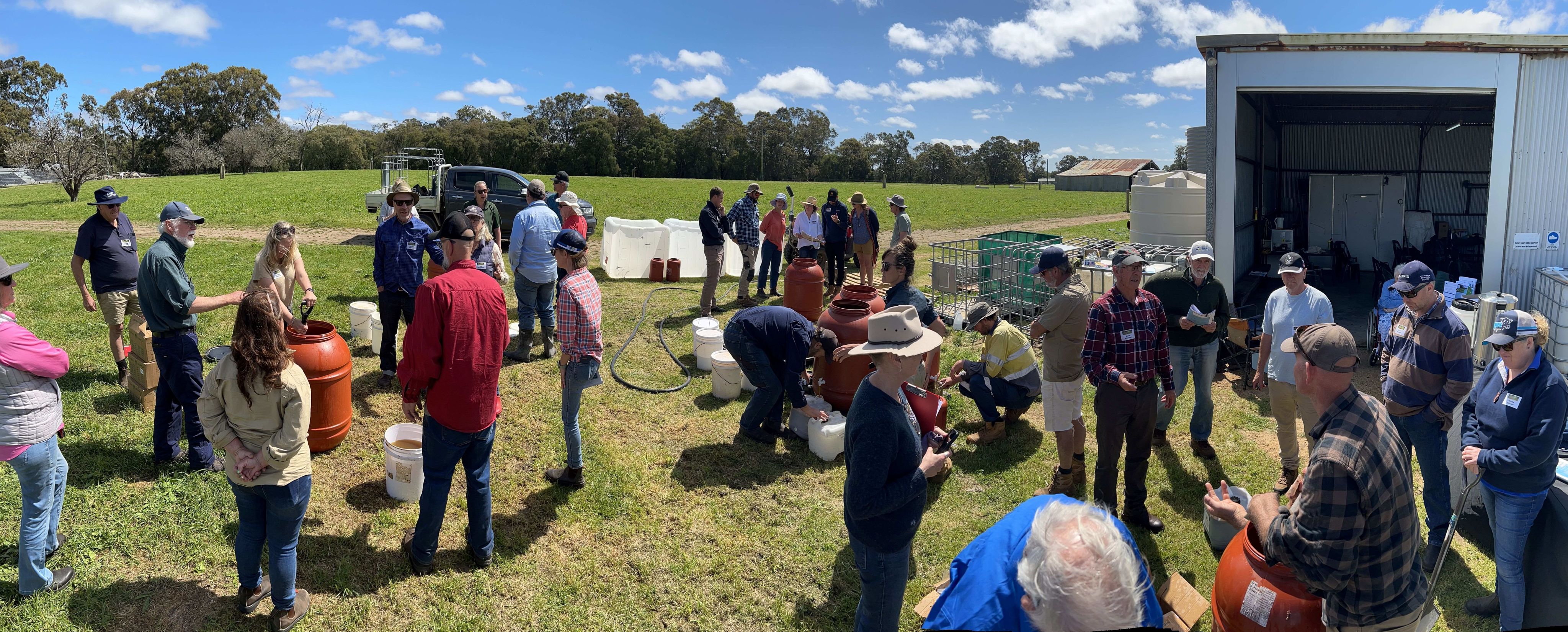
A final strategy worth considering is combining compatible and complimentary components in biofertiliser applications. With such formulations, we can get a compounding synergistic effect and more bang for our buck, and time, than we would from applications of individual components.
Useful combinations include:
- Applying microbial groups that are known to complement one another (i.e. bacterial and fungal inoculants) together.
- Applying microbes (i.e. compost extract, beneficial bacteria/fungi) with a source of food (i.e. fish hydrolysate, molasses, humic substances) to support microbial activity.
- Applying microbes (compost extract, beneficial bacteria/fungi) with growth promoting hormones and antioxidants (i.e. seaweed extract) to support healthy microbial growth.
- Applying minerals (i.e. rock phosphate) with microbes (compost extract, mycorrhizal inoculant) to improve nutrient availability and delivery.
- Applying nutrients (i.e. trace elements) with a substrate that has nutrient holding capacity and/or chelating properties (humic substances) to improve the retention and/or uptake of nutrients.
- We can use multiple combinations in a formulation, if they meet mixing and application requirements.
This booklet is a compilation of DIY recipes by Mark Tupman from Productive Ecology
This booklet is a compilation of Bio ferment and fertilser recipes by David Hardwick from Soil Land Food.

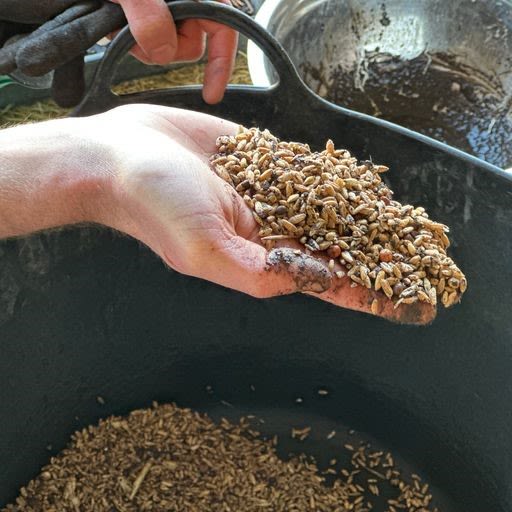
Coating seed with a mix of compost extract, seaweed, molasses, milk and minerals
Coating seed with a mix of compost extract, seaweed, molasses, milk and minerals
Additional Resources
In this podcast Mark Tupman from Productive Ecology delves into what is actually meant by soil function, why and how it is so critical to soil fertility, and what are the most effective strategies we can implement to build soil fertility.
In this podcast Mark Tupman from Productive Ecology delves into what is actually meant by soil function, why and how it is so critical to soil fertility, and what are the most effective strategies we can implement to build soil fertility.
In this podcast David Hardwick from Soil Land Food shares tips, tricks & recipes to make starter cultures, inoculants, bioferments and biofertilisers.
In this podcast David Hardwick from Soil Land Food shares tips, tricks & recipes to make starter cultures, inoculants, bioferments and biofertilisers.
In this episode Mark Tupman from Productive Ecology takes us through all things composting for farms - what the options are, how to make them, and how to best utilise the compost on your farm.
In this episode Mark Tupman from Productive Ecology takes us through all things composting for farms - what the options are, how to make them, and how to best utilise the compost on your farm.
Developing Fertile & Functional Biological Systems: In this webinar Mark Tupman from Productive Ecology explores the biological principles we can follow and practices we can adopt to make best use of our natural resources in primary production enterprises. When we look after life, life looks after us!
Cost Effective DIY Farm Microbial Culutres: In this webinar Mark Tupman from Productive Ecology discusses how to culture and utilise certain microbe groups on farm as a cost effective means to improve crop health and nutrition. They include compost/vermiculture extracts, facultative anaerobe bioferments, and broad spectrum rhizobia and mycorrhizal inoculants.
Building Soil Health Resilience through Plant Microbial Relationships: In this webinar agroecologist Nicole Masters takes a dive into the ‘why & how’ of plant microbial relationships, and what we can do to foster them. Nicole will also discuss the role of epigenetics and seed treatment options to set plants, and ourselves, up for success.
Useful references
du Jardin P. (2015) Plant biostimulants: Definition, concept, main categories and regulation. Scientia Horticulturae 196:3-14. DOI: https://doi.org/10.1016/j.scienta.2015.09.021.
Li J., Van Gerrewey T., Geelen D. (2022) A Meta-Analysis of Biostimulant Yield Effectiveness in Field Trials. Front Plant Sci 13:836702. DOI: 10.3389/fpls.2022.836702. https://www.frontiersin.org/articles/10.3389/fpls.2022.836702/full
Pichyangkura R., Chadchawan S. (2015) Biostimulant activity of chitosan in horticulture. Scientia Horticulturae 196:49-65. DOI: https://doi.org/10.1016/j.scienta.2015.09.031.
Ruzzi M., Aroca R. (2015) Plant growth-promoting rhizobacteria act as biostimulants in horticulture. Scientia Horticulturae 196:124-134. DOI: https://doi.org/10.1016/j.scienta.2015.08.042. https://www.sciencedirect.com/science/article/abs/pii/S0304423815301618
Schabl P. (2017) Silica Application as a Promising Approach for Control of Fungal Diseases for Grapevine Vitis vinifera L., Geisenheim University, Geisenheim. file:///Users/admin/Downloads/fulltext_17049.pdf.
Shukla P.S., Mantin E.G., Adil M., Bajpai S., Critchley A.T., Prithiviraj B. (2019) Ascophyllum nodosum-Based Biostimulants: Sustainable Applications in Agriculture for the Stimulation of Plant Growth, Stress Tolerance, and Disease Management. Frontiers in Plant Science 10. https://www.frontiersin.org/articles/10.3389/fpls.2019.00655/full
Stasińska-Jakubas M., Hawrylak-Nowak B. (2022) Protective, Biostimulating, and Eliciting Effects of Chitosan and Its Derivatives on Crop Plants. Molecules 27. DOI: 10.3390/molecules27092801.https://pubmed.ncbi.nlm.nih.gov/35566152/
Waguespack, E. , Bush, E. and Fontenot, K. (2022) The Effect of Organic Biostimulants on Beneficial Soil Microorganism Activity. Open Journal of Ecology, 12, 499-512. doi: 10.4236/oje.2022.128027. https://www.scirp.org/journal/paperinformation?paperid=119068
This document is a downloadable summary of the full online article & content hub ‘Biostimulants in Agriculture’.
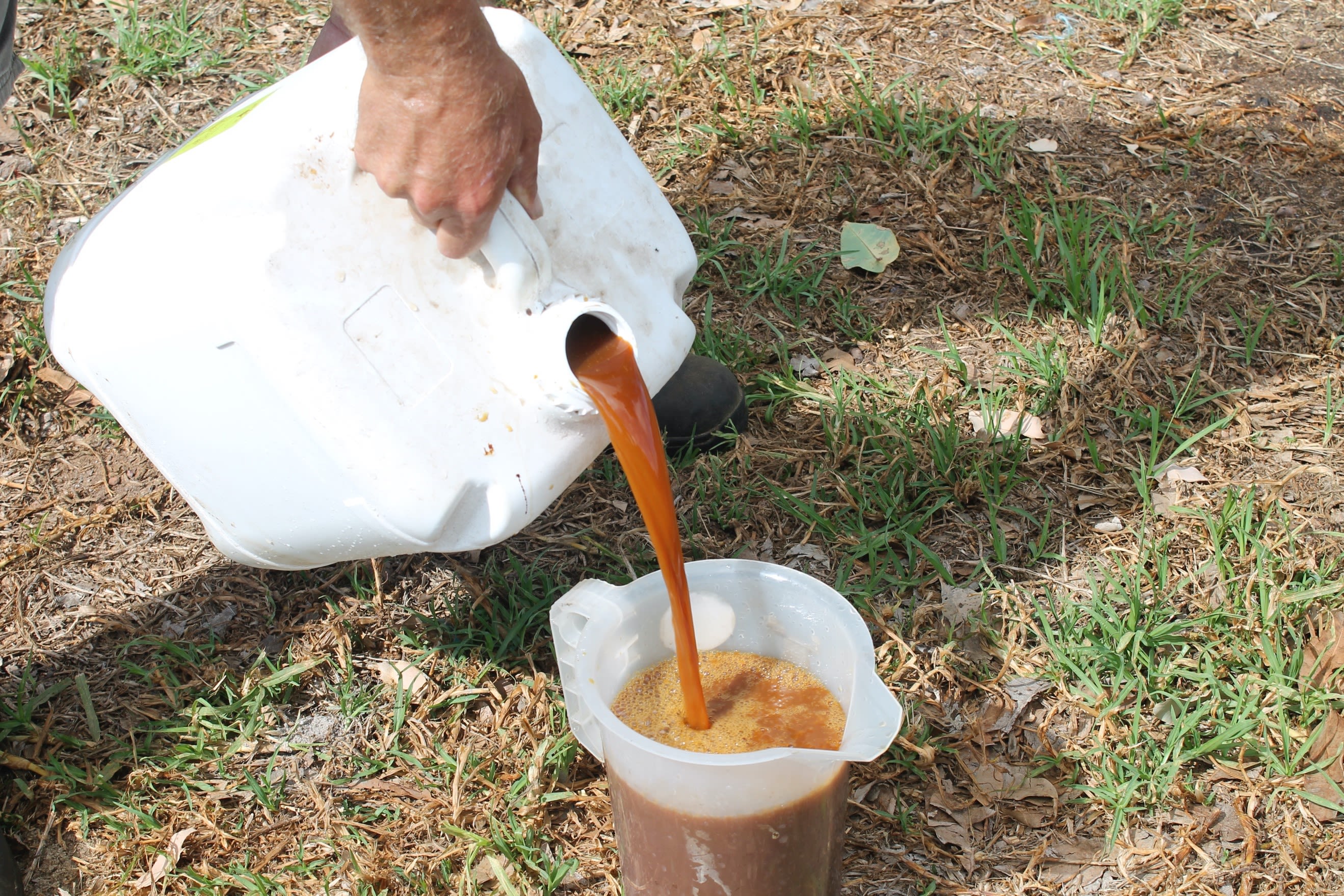
Decanting a liquid biostimulant for application
Decanting a liquid biostimulant for application

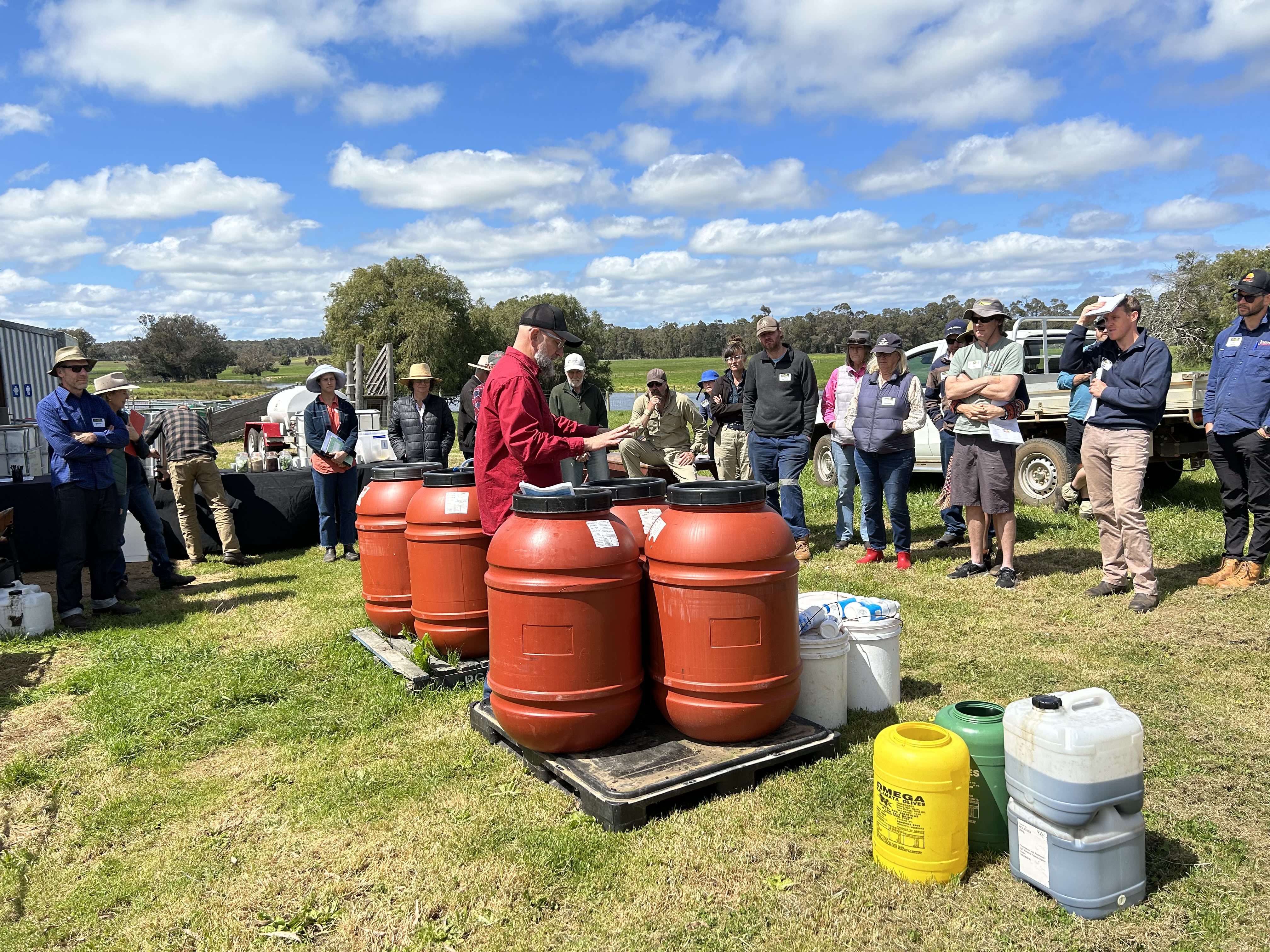
Image from an LCDC On Farm Bugs & Brews Workshop delivered by David Hardwick from Soil Land Food, held in 2023
Image from an LCDC On Farm Bugs & Brews Workshop delivered by David Hardwick from Soil Land Food, held in 2023
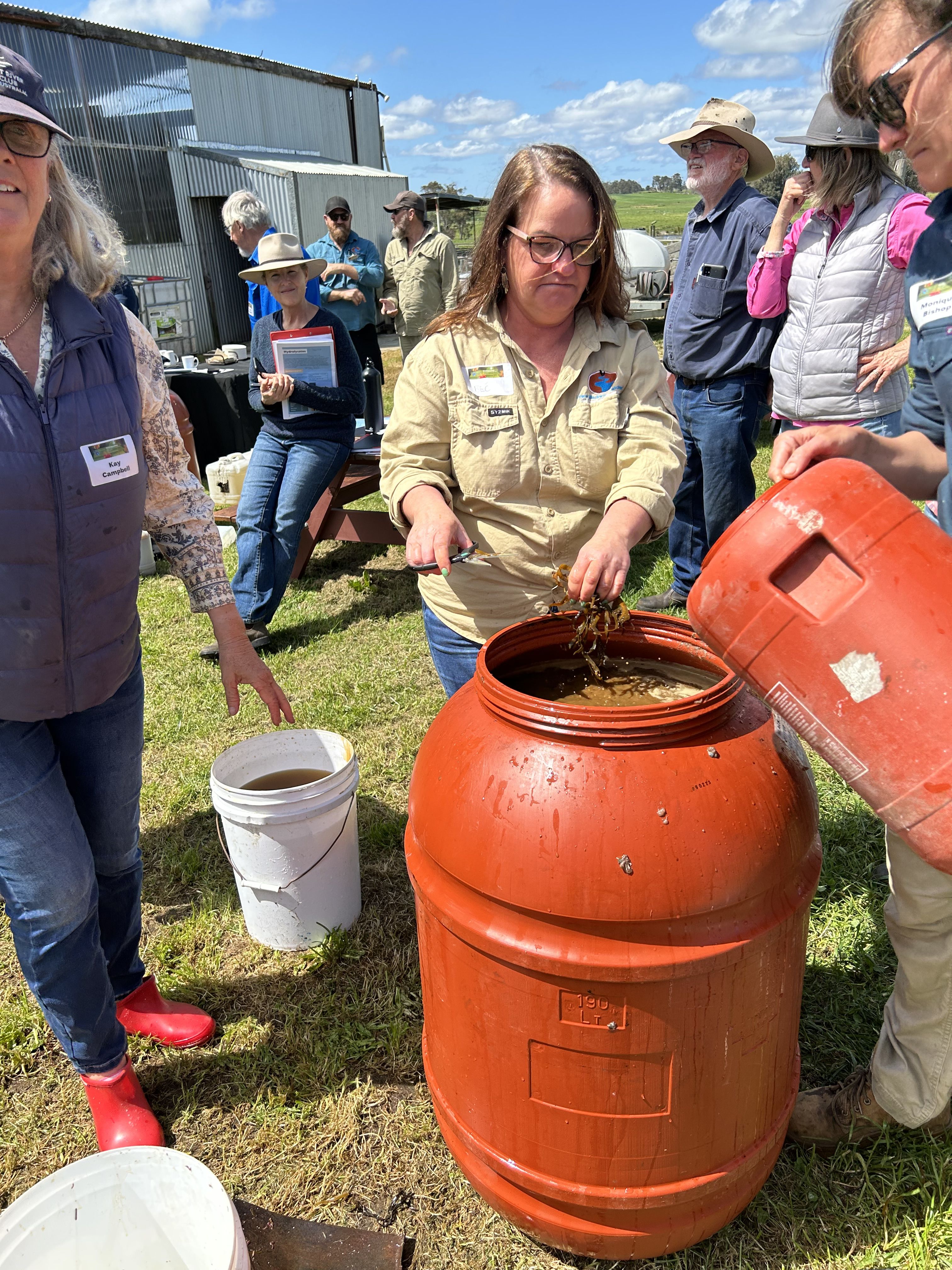
Chopping up seaweed for a ferment
Chopping up seaweed for a ferment
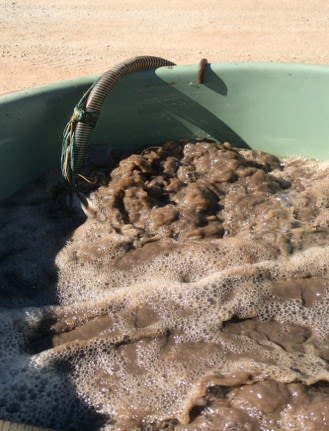
Mixing bioferts. Photo courtesy of Grant Sims
Mixing bioferts. Photo courtesy of Grant Sims
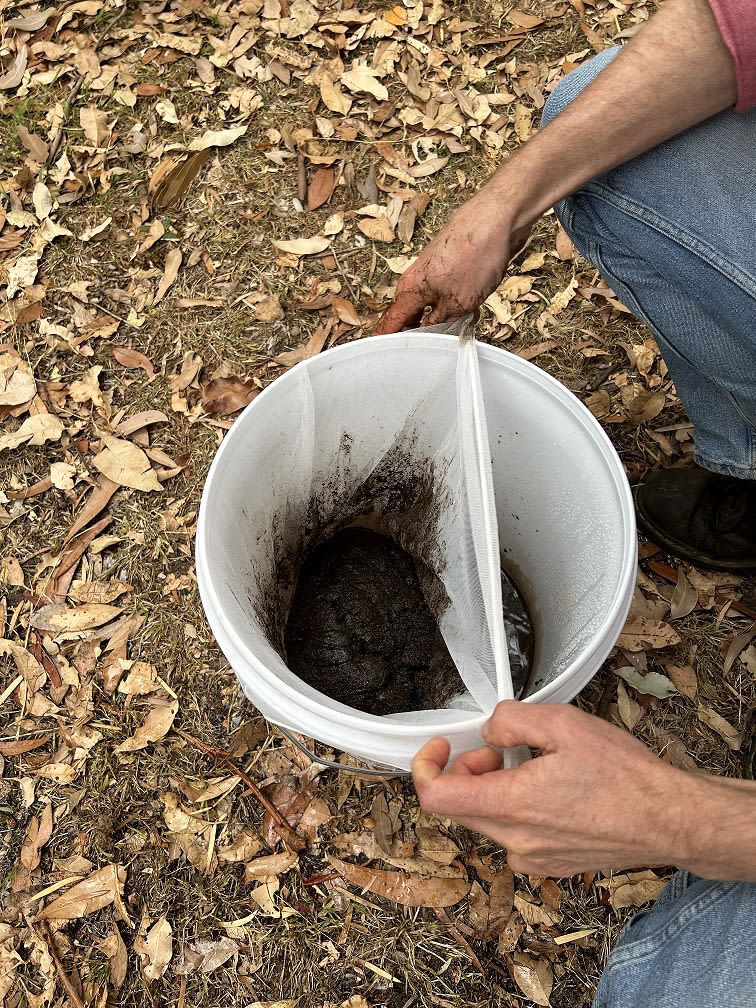
Making a compost slurry
Making a compost slurry

David Hardwick from Soil Land Food demonstrating mixing brew ingredients
David Hardwick from Soil Land Food demonstrating mixing brew ingredients
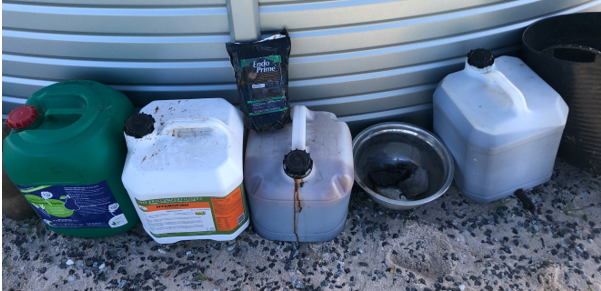
Preparing a suite of biostimulants for a planting application
Preparing a suite of biostimulants for a planting application
This article was produced by 'Talkin' After Hours', the Lower Blackwood Landcare's Online Community & Information Hub.
The article was written & collated by Mark Tupman from Productive Ecology to assist land managers to understand the different biostimulants available, how to make their own, and when & how to use them..

The development of this article was funded through Soil Wise. Soil Wise is funded by the National Landcare Program Smart Farms Small Grants – an Australian Government initiative. It is supported by Healthy Estuaries WA – a State Government program.


©Talkin' After Hours. This article cannot be reproduced without the permission of the Lower Blackwood LCDC
